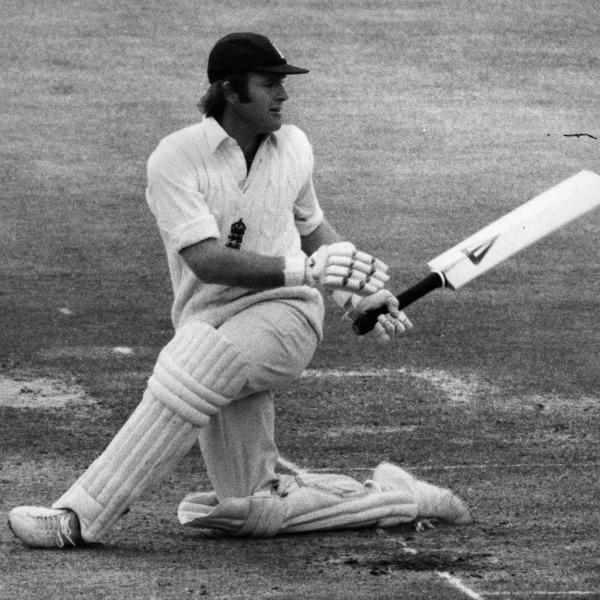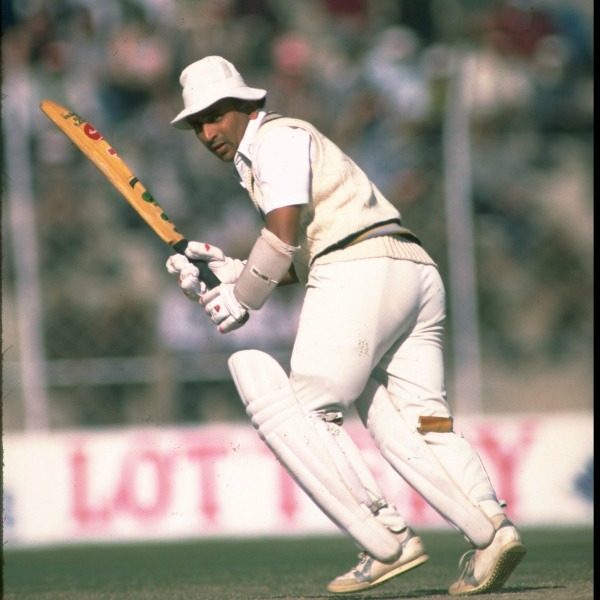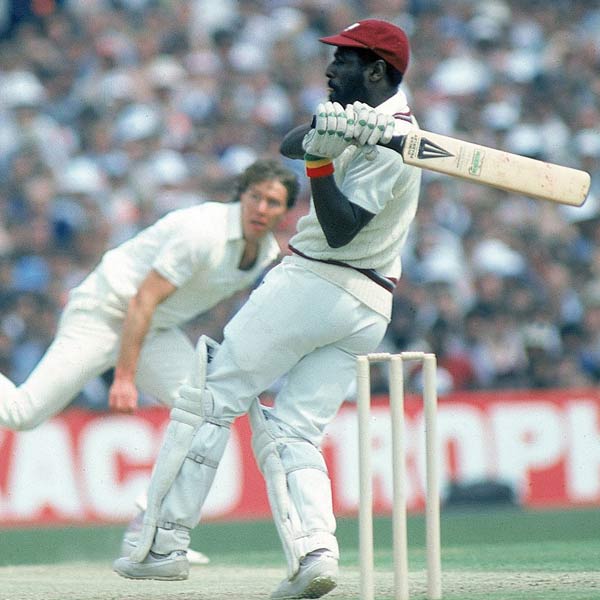
On Thursday morning, Australian cricketer Phillip Hughes died after being struck in the back of the head with a bouncer during a Sheffield Shield match in Australia.
The helmet, which failed to protect the back of Hughes' head, was made by firm called Masuri. Unfortunately, this was an older version of the Masuri helmet with no protection on the neck, and that is exactly where the ball struck Hughes.
Terrible as the incident was, would a new Masuri helmet have protected Hughes from death? Probably, but then we at least live in times where helmets with grilles are commonly used. For a long, long time in cricket, there were no helmets. When helmets came into fashion, most were without the front grille and with little protection at the back.
Perhaps Dennis Amiss of England was the first batsman to regularly use helmets. He began using them against the fearsome West Indian and Australian pace attacks in the late 1970s. These were crude helmets offering little protection, as described above. However the trend spread and soon most batsmen were using helmets against fast bowling. Nowadays, batsman perpetually play with a helmet, sometimes even while playing spin bowlers.

There were daredevils, however. Listen to cricket aficionados and fans of the 1970s and 80s and a lot of them would opine that playing without a helmet was an act of incredible bravery. Batsmen who shunned helmets during those times are talked of lovingly even today. Somewhere, there is also an unfortunate tendency to put down a modern batsman in comparison to the old greats just because he uses a modern helmet and several other protective gear.
A lot of people from the older generation would tell you that Indian great Sunil Gavaskar rarely used a helmet. Instead he used a 'skull cap', a kind of cap which covered his head and parts of his forehead, but was certainly not made of steel and would have been useless against a blow.

Gavaskar had interesting reasoning for shunning helmets. He claimed they slowed down his reflexes and technique. More bizarrely, he claimed that he did not need to use one because of a 'voracious reading habit', which 'weakened his neck muscles'. How one relates a reading habit to weakening neck muscles and further to shunning a helmet is something Gavaskar himself could figure out!
The other gentleman who never wore a helmet (absolutely NEVER) was Sir Vivian Richards of the West Indies. When about to bat, Richards used to enter the ground with a trademark swagger, chewing gum and then going about destroying the bowling with an almost nonchalant air. During his 16-year-career, there has only been one known incident of Richards getting hit in the head. This was during his early years, during a tour of Australia in 1975/76. There were no other known instances since. Mind you, this in spite of the fact that Richards' vision began to decline by the mid-1980s, and never really improved.

Contrary to this, most modern day greats wear helmets of the latest make, and yet there have been documented instances of the likes of Ricky Ponting and Sachin Tendulkar getting hit in the head. So what is the crucial difference between then and now?
There is a view that batsmen of the olden eras had far better techniques. With Test cricket being the predominant form of the game back then and boyhood coaches considering it a sin if their pupil were to play an aerial stroke, it would be no surprise if the assertion of 'stronger technique' was true.
It is even more commendable that the likes of Richards and Gavaskar (and several other less-heralded batsmen) rarely (or never) got struck in the head in spite of the bowling standards being generally higher during the 1970s and 1980s than they are today. Not only was the fast bowling fiercer, the pitches were on average, more conducive to fast bowling. Lastly, there was no restriction on bouncers allowed per over, for a long, long time. Thus, it provides fodder to the detractors of modern day cricket that even the greats get hit in the head in spite of restrictions on bouncers per over, more diverse protective gear, less fearsome attacks and more benign wickets in general.
The other view is that the greats of today (or those like Ponting, Tendulkar, Kallis and Dravid who have just retired) do possess good technique against short bowling, but are less inclined to be perfect in defence, simply because the modern helmets protect them well. Modern batsmen use arm guards, chest guards and abdomen guards of the highest quality, in addition to superior helmets. Thus, they are less worried about grievous injury (or death) while facing fast bowling. They can afford to rely more on their protective gears while defending or playing attacking shots against fast bowlers, subsequently getting hit too occasionally.
Interestingly, this may just prove that Gavaskar was right in a way. Wouldn't so much artillery on your body restrict free movement? Perhaps it does, and consequently, it may result in shoddier technique, which further translates into far more hits on the body or the head.
However, while batsmen of the 1990s might possess a solid enough technique, the same might not be true of the newer crop of cricketers. The advent of Twenty20 cricket has completely changed the rules of the game. The focus is not so much on good defensive technique now as it is on finding newer ways to score runs.
Even the greats-in-the-making like Virat Kohli, Hashim Amla and AB De Villiers may not be exempt from being susceptible to the bouncer these days. Fortunately for them, there just aren't enough high quality fast bowlers around any more, with the exception of Dale Steyn and perhaps Mitchell Johnson. Then again, Dale Steyn plays for the same international team as Hashim Amla and AB De Villiers.
However, Hughes' death must certainly be a wake up call for those who are being increasingly lenient with their technique and increasingly adventurous in shot-making. A cardinal mistake while facing a short ball is to take your eyes off it. Unfortunately, a lot of batsmen from the present era seem to face this problem. Without any intention of malice, let it be said that even Phillip Hughes had this tendency.
Furthermore, there are no established standards for helmets in international cricket even today. The best modern helmets too are not perfect in their make. For example, according to ESPNCricinfo, a study conducted by Dr Craig Ranson, a sports physiotherapist at Cardiff Metropolitan University found that significant head and facial injuries continue to occur despite the protection provided by modern helmets. Specifically, he discovered that though the diameter of the ball was greater than the gap between the peak of the helmet and the grille, the ball could burst through the space (and there have been several documented instances of this). Secondly, sometimes the grille itself is deformed and touches the batsman's face. Lastly, and most importantly, there is no standard at all for how much space a helmet should cover at the back of the head.
Way before Hughes' tragic death on Thursday, newer kinds of protective headgear were being considered - for example, crash helmets the kinds bikers wear - or skull caps inside modern helmets. But both options seem to carry a certain amount of physical discomfort for the batsman.
Lastly, some players themselves are reluctant to change helmets. One well-documented case is of Sachin Tendulkar, who was reluctant to change his helmet after it had cracked following a Shoaib Akhtar bouncer back in 2006. Given the enormity of Thursday's incident though, the ICC needs to make quick and well thought out decisions on the nature of helmets as well as implement laws to ensure these are made compulsory.